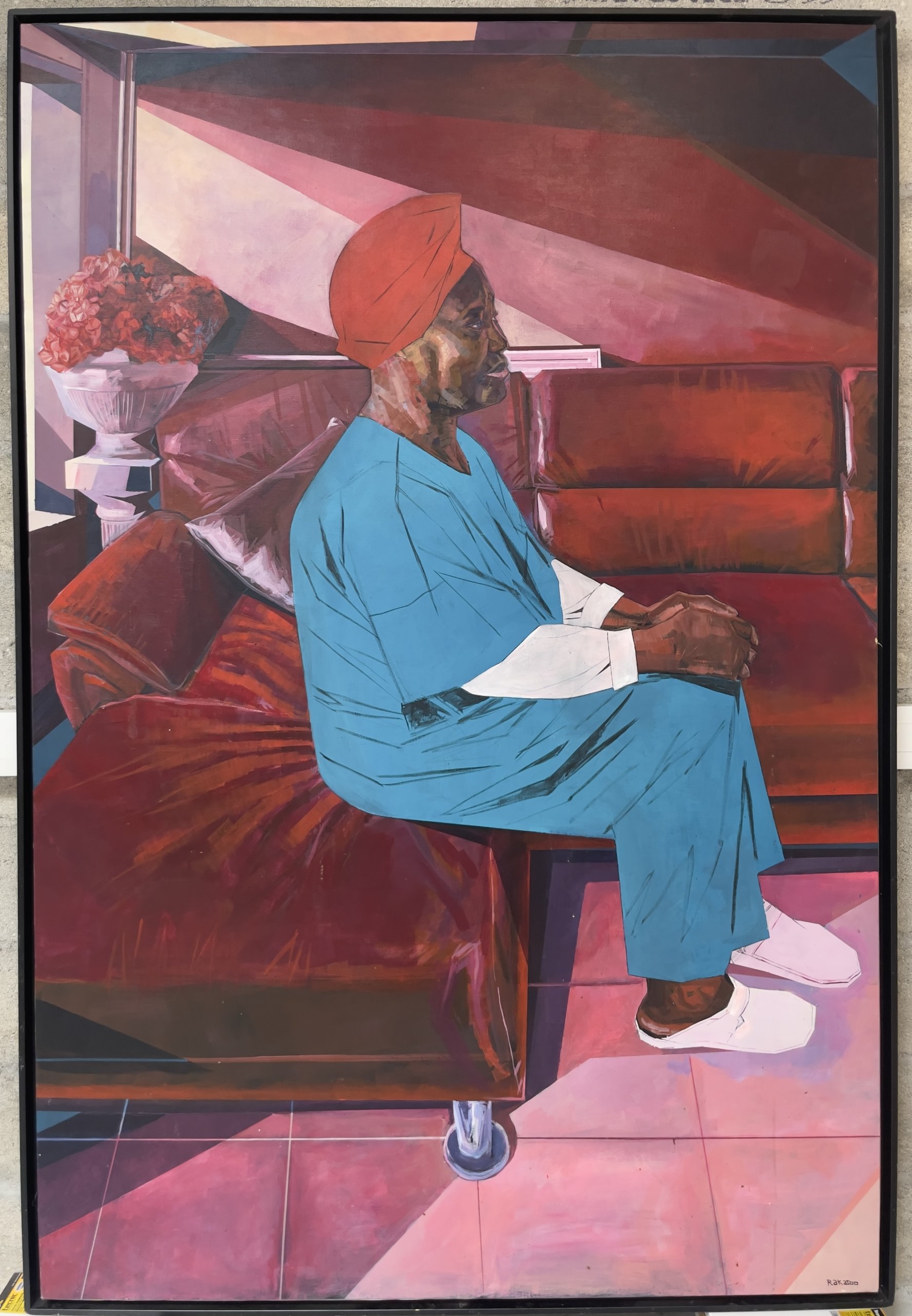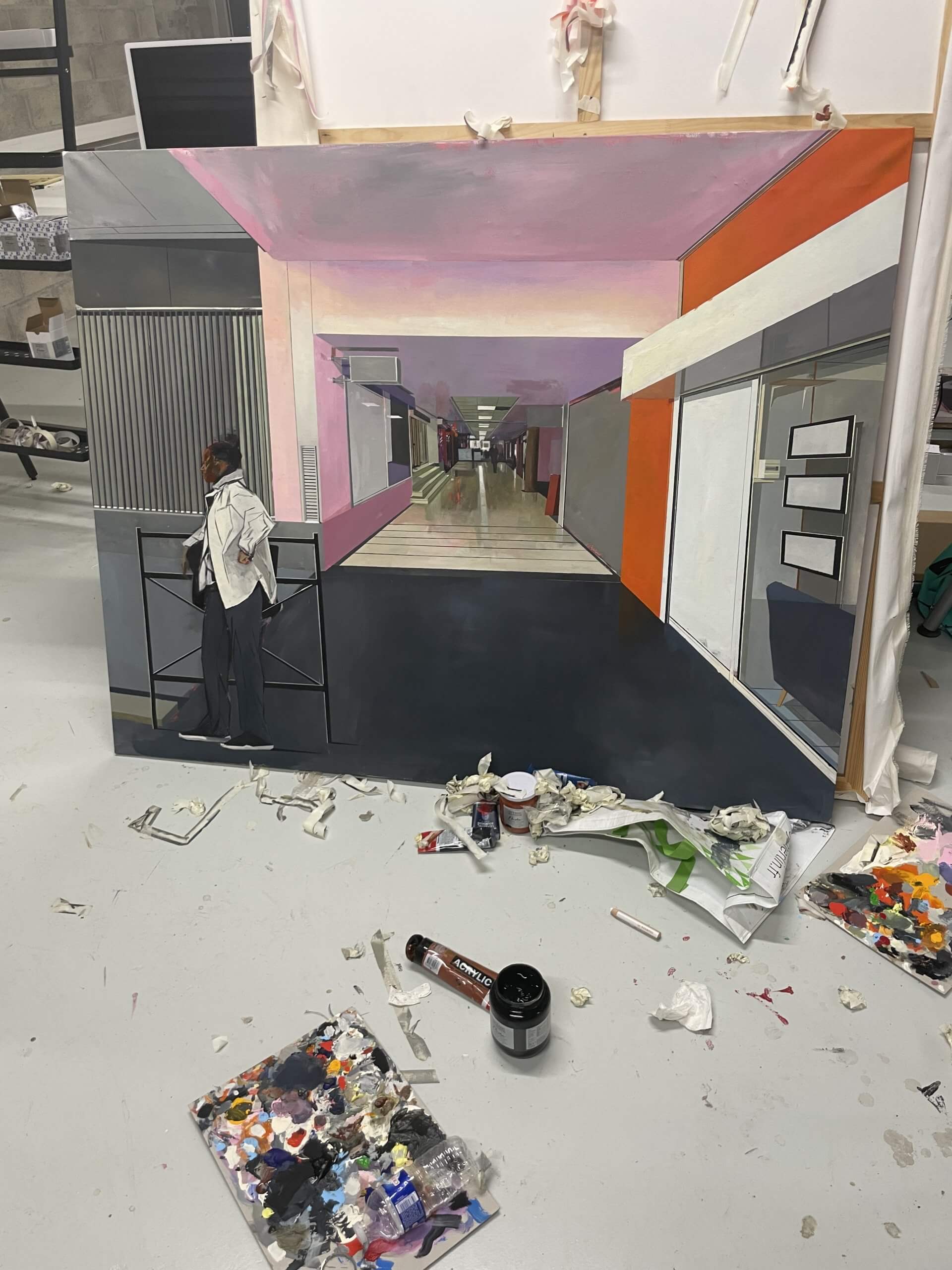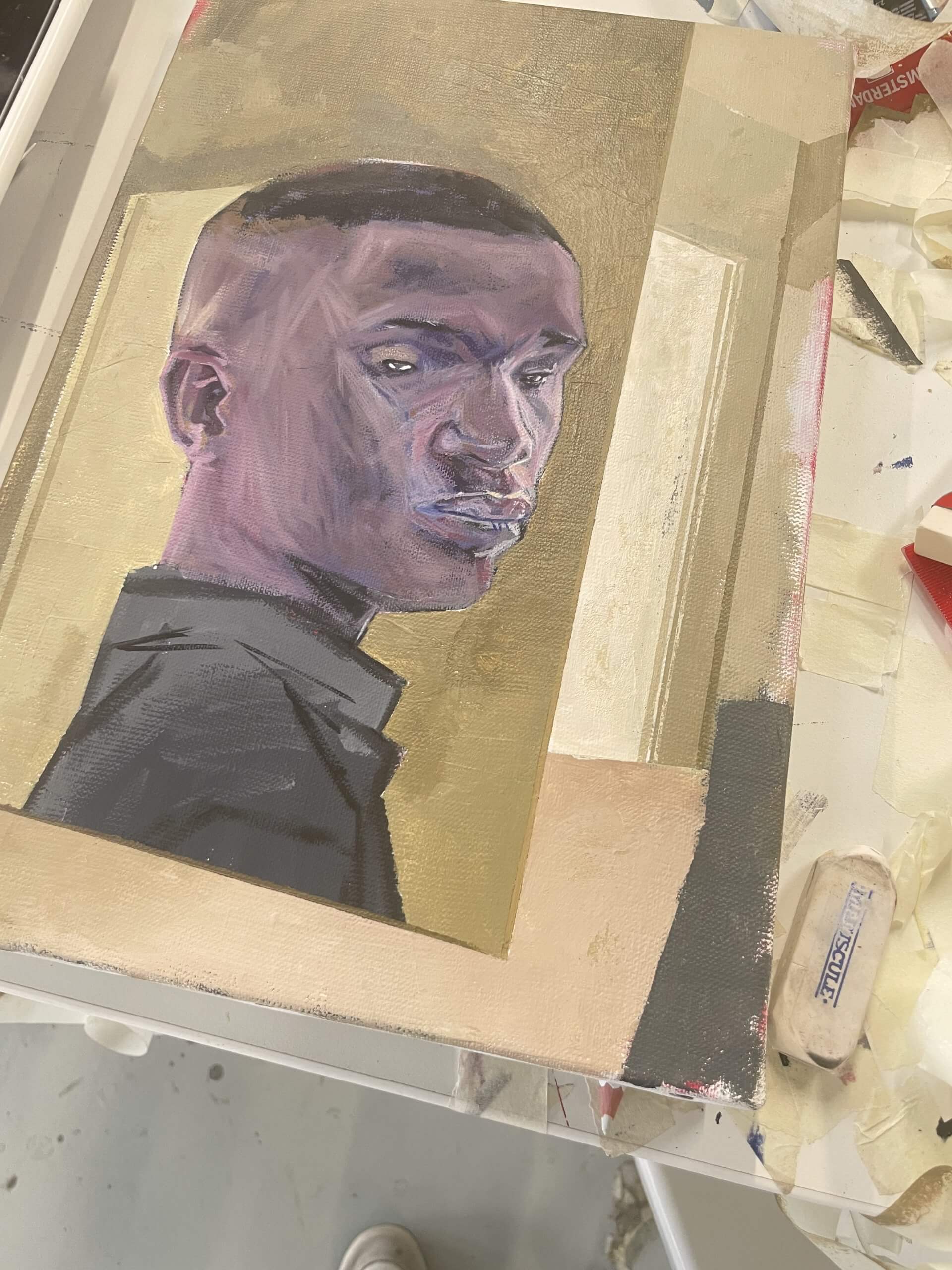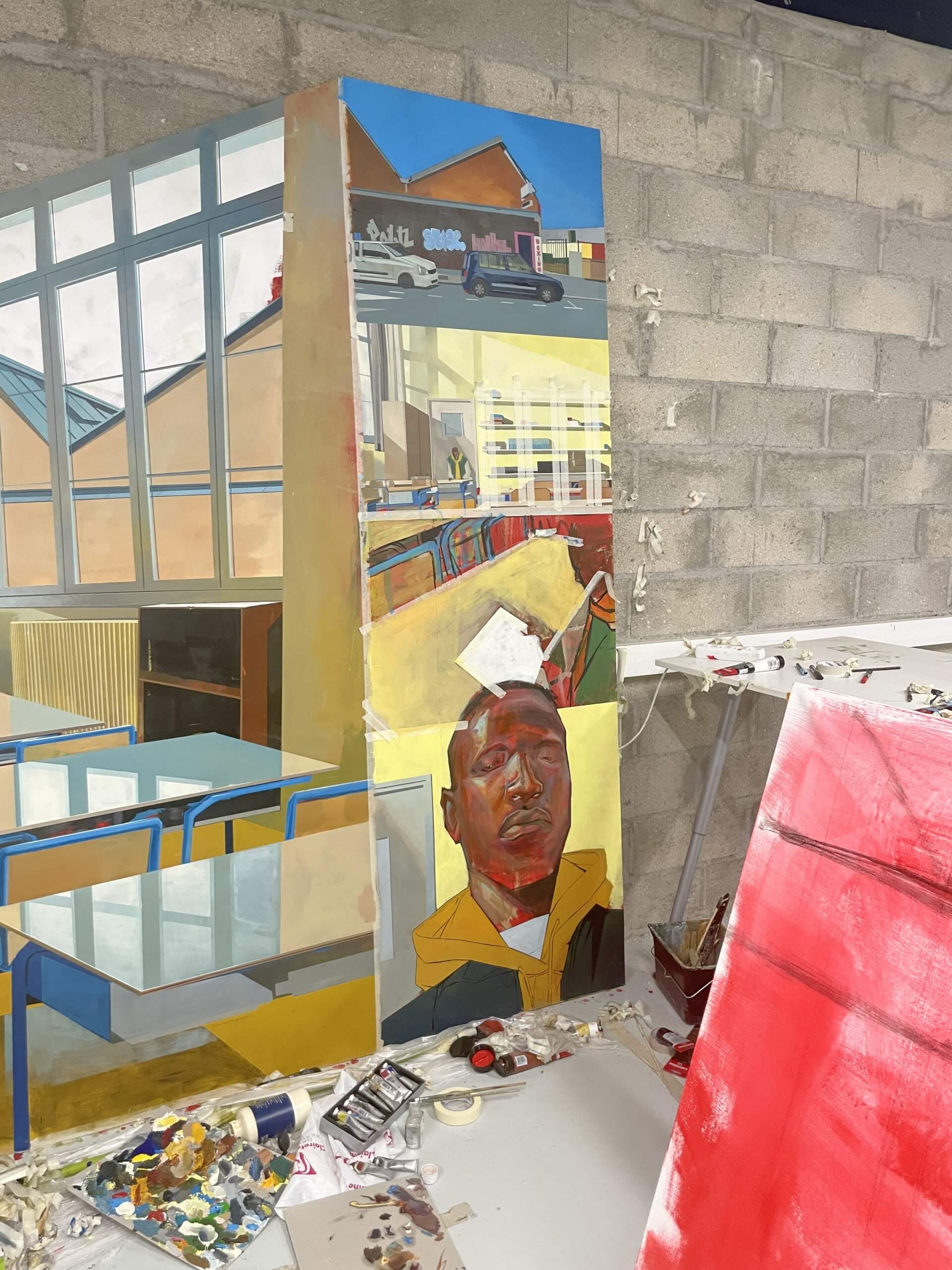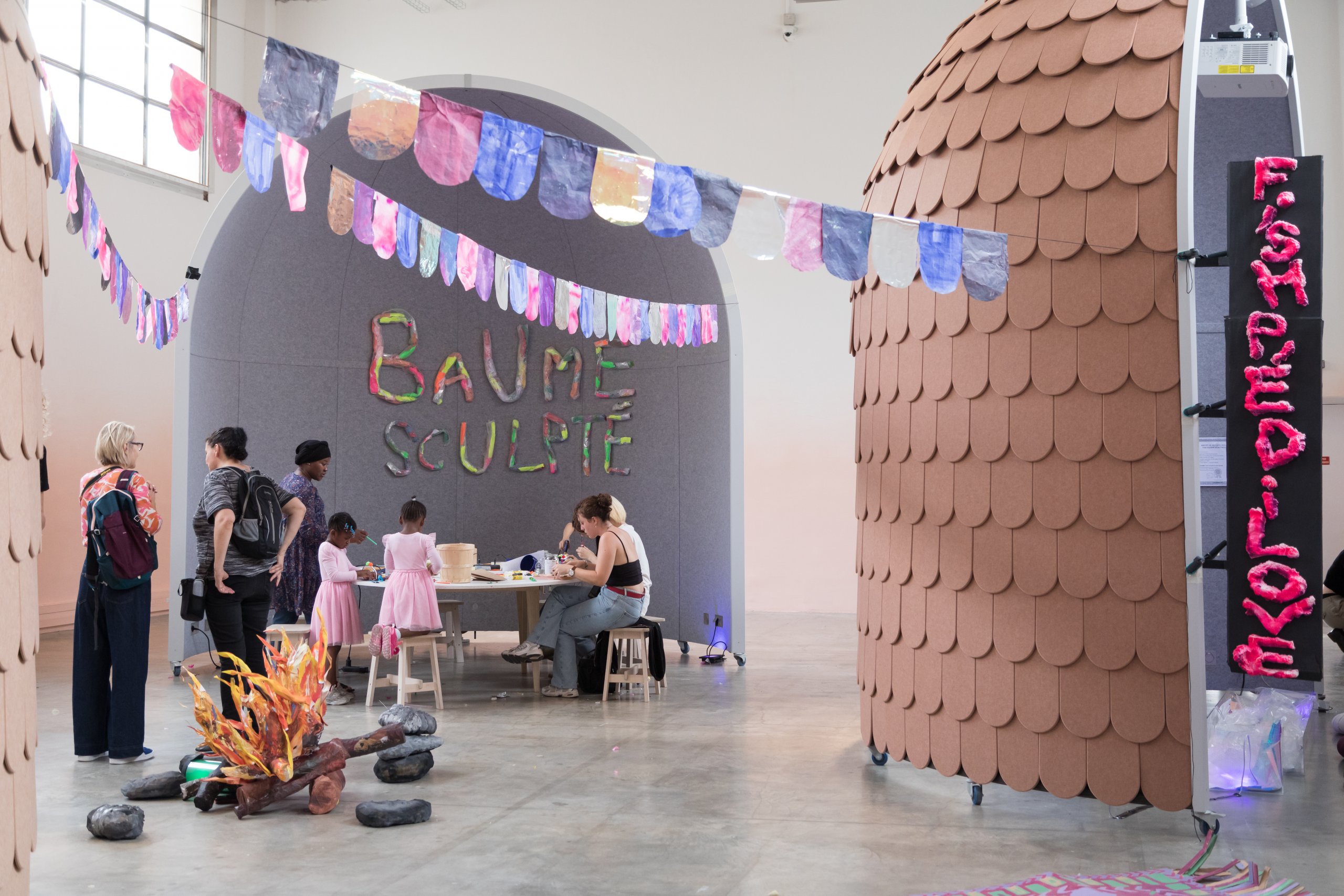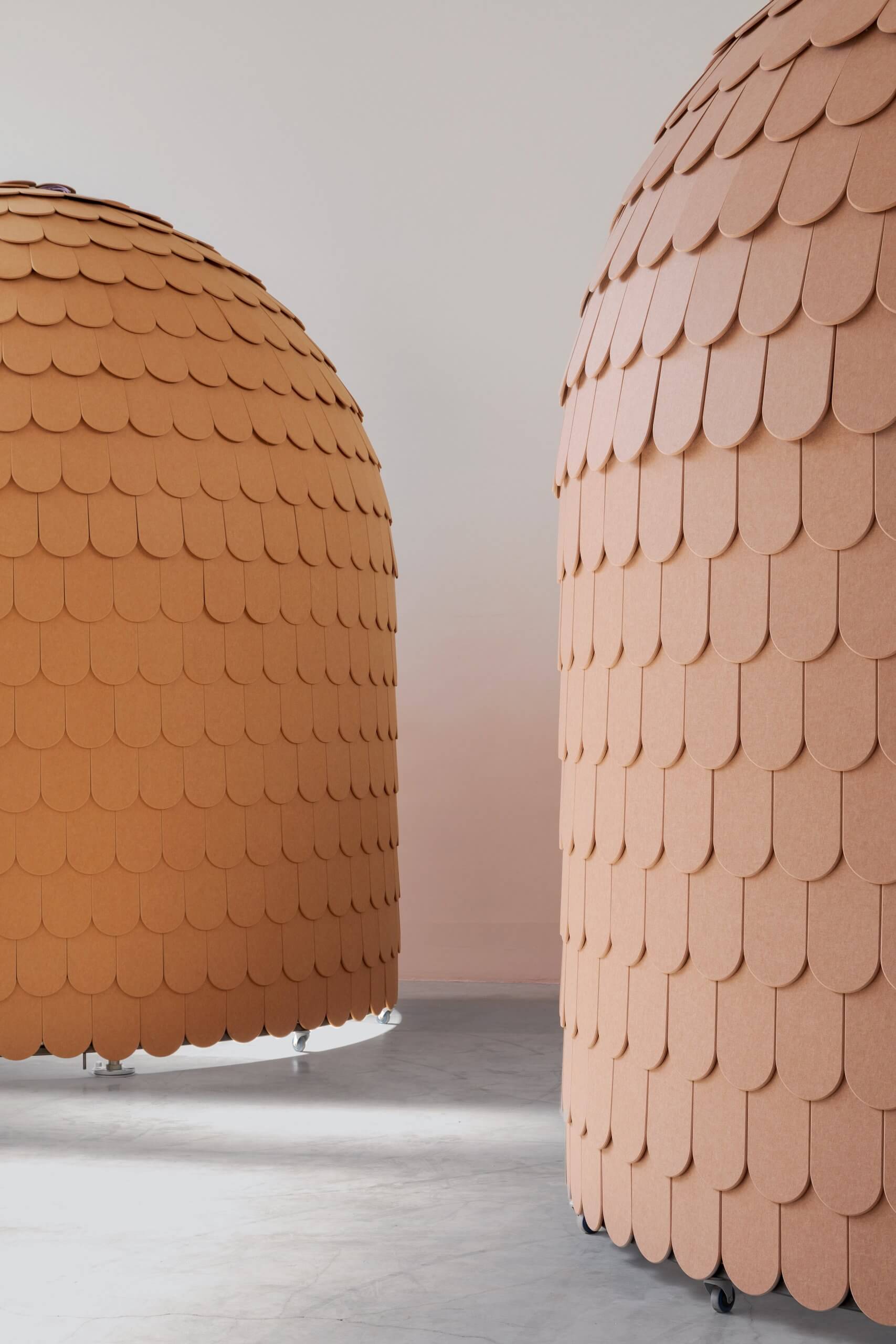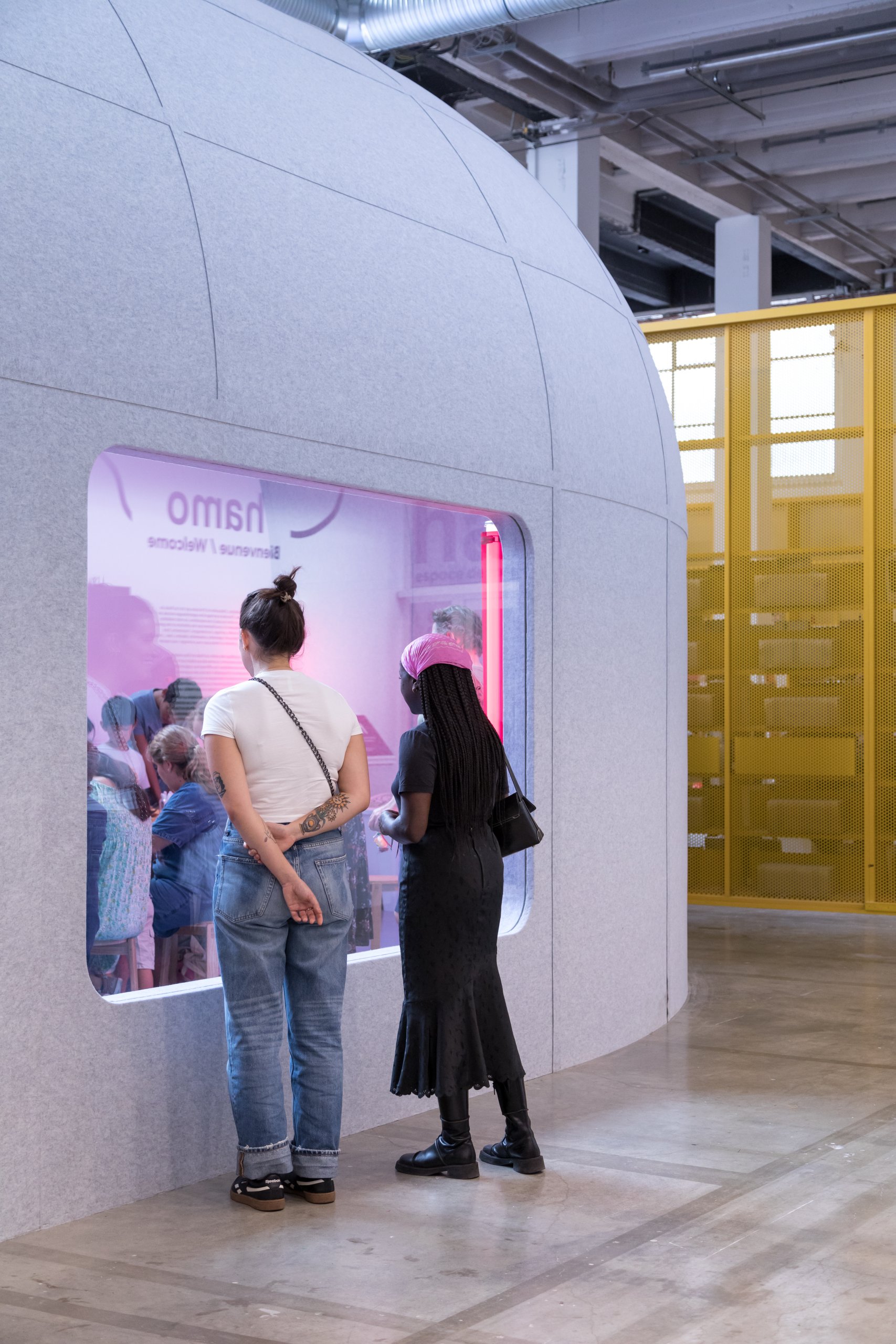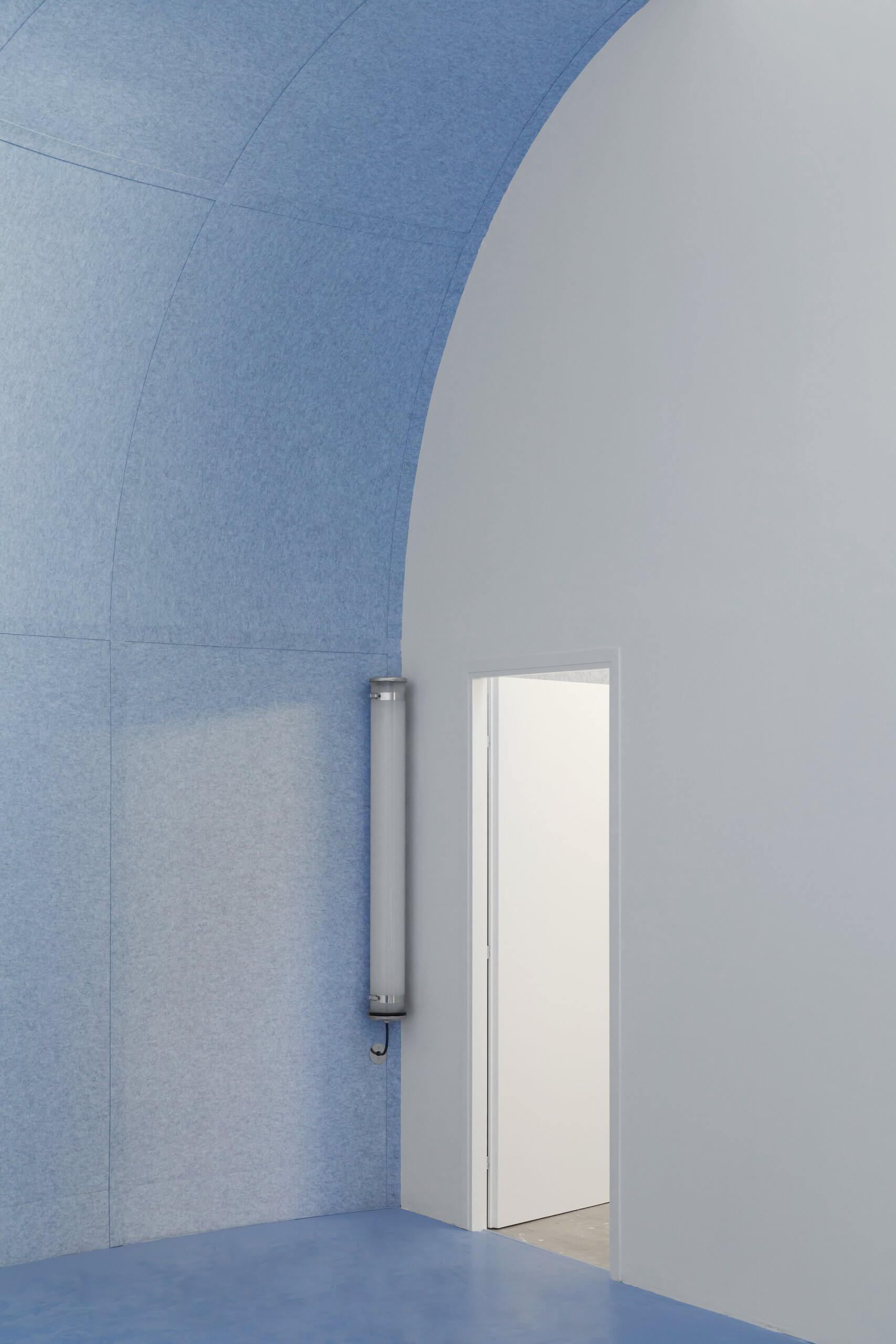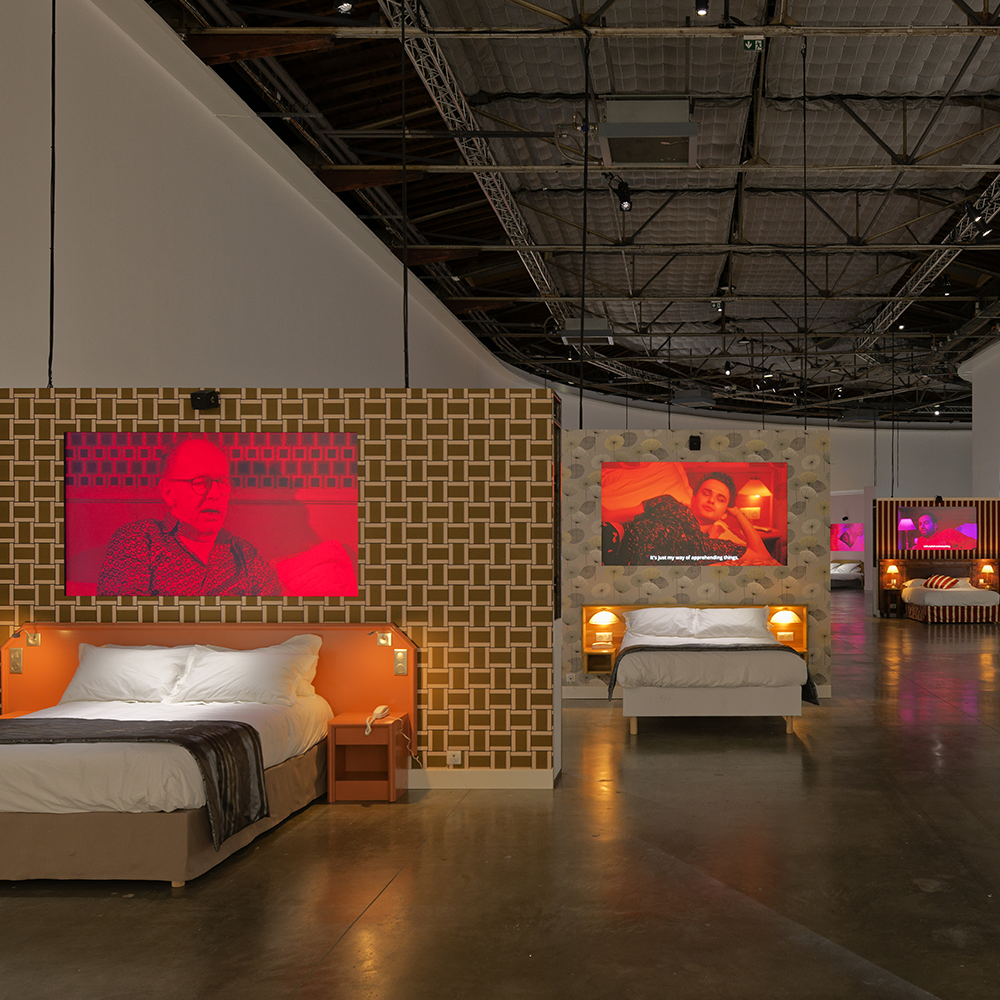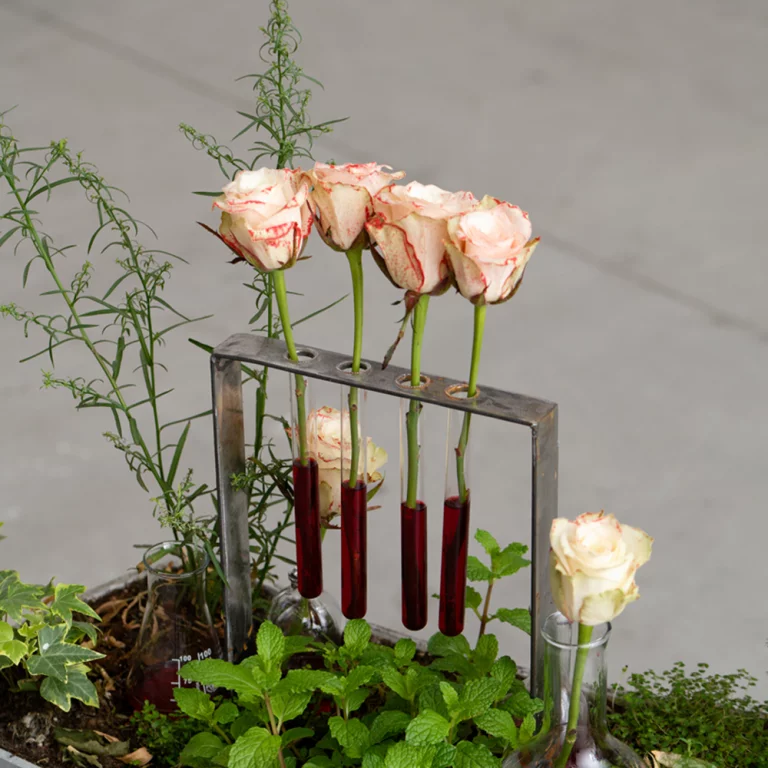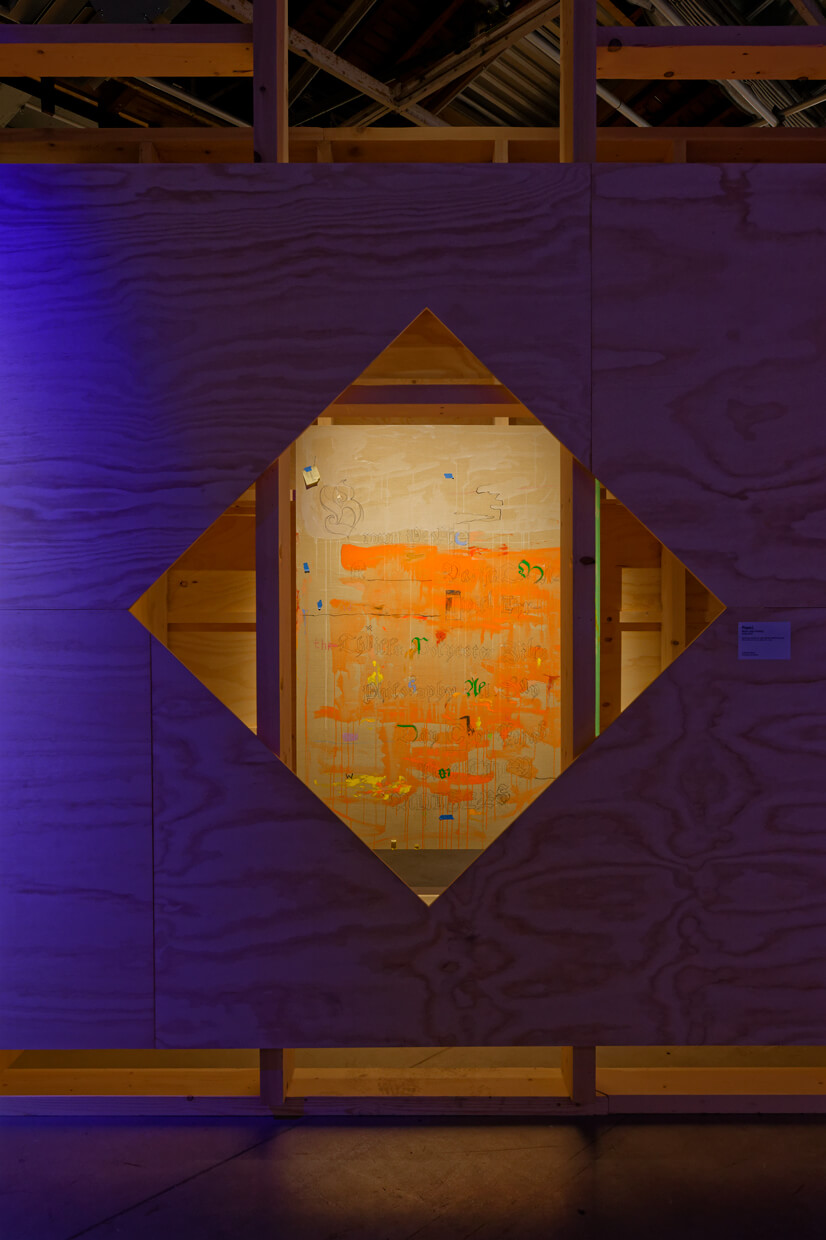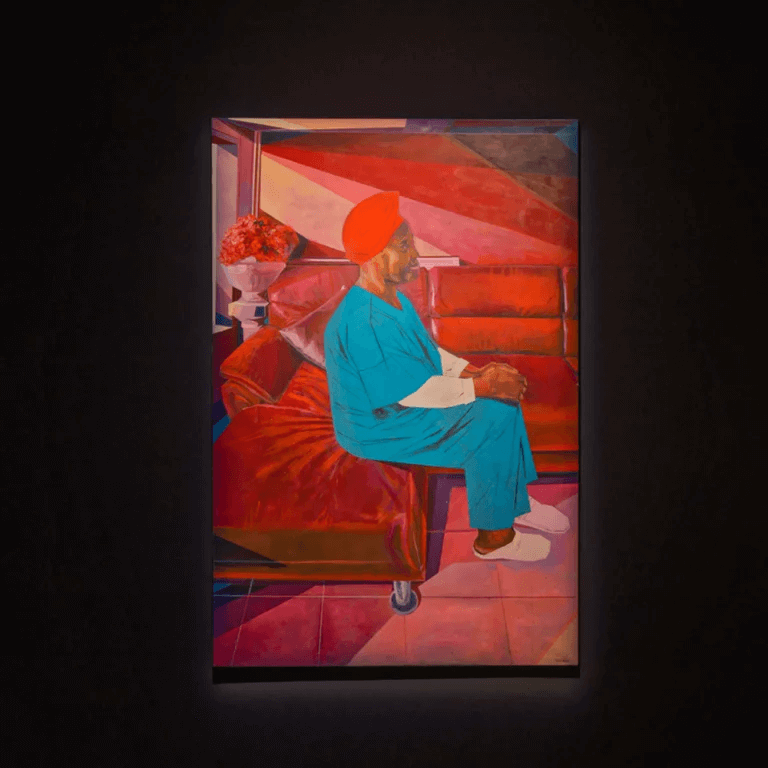SEARCH THE ENTIRE SITE
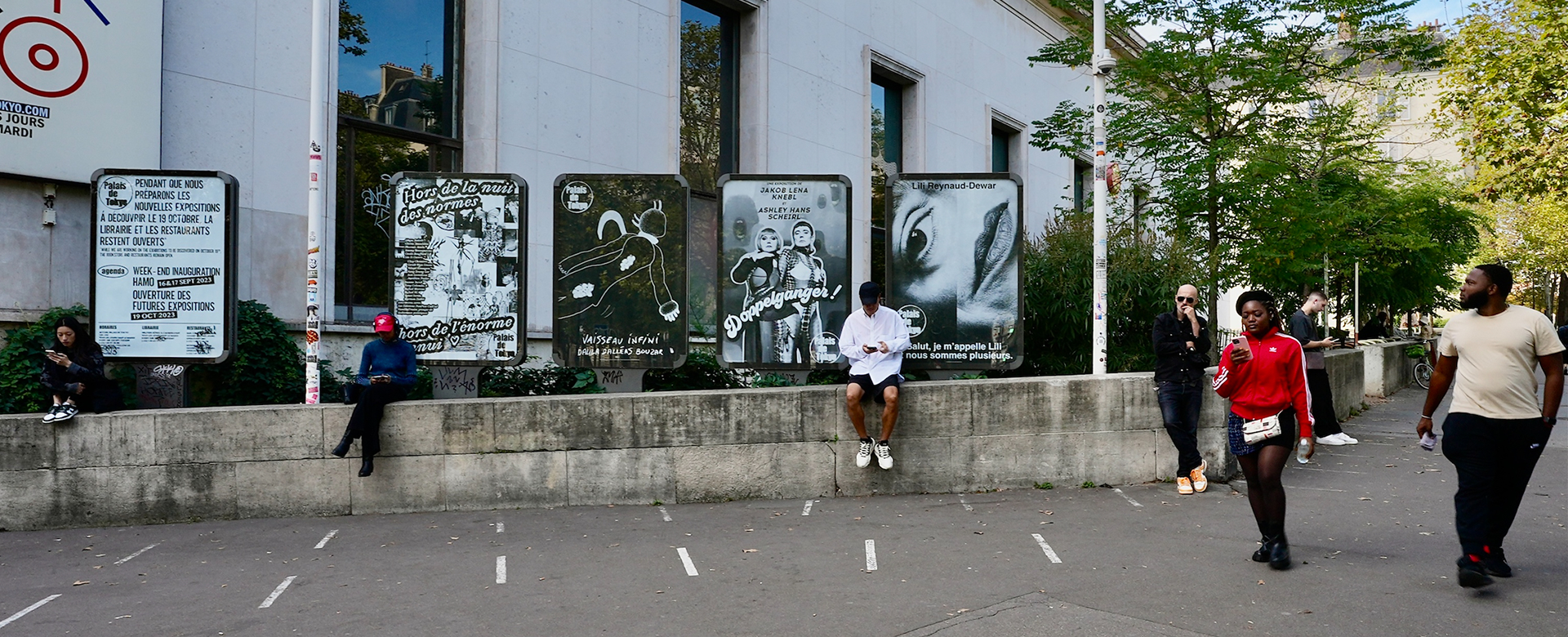
Saison Divers
Editorial by Guillaume Désanges
Diversity is at the heart of the autumn season at the Palais de Tokyo. The diversity of artistic forms (from performance to film, painting, drawing, installation and graffiti) and the diversity of identities: those we invent, and which we sometimes have to construct with or against others. For artists, it is increasingly important to situate their stories, to specify the position from which they are speaking and from which they construct their identities. Lili Reynaud-Dewar is particularly interested in the identity of the artist; through interviews with others she sketches a candid societal portrait that evokes the kinds of lives that are possible and livable today.
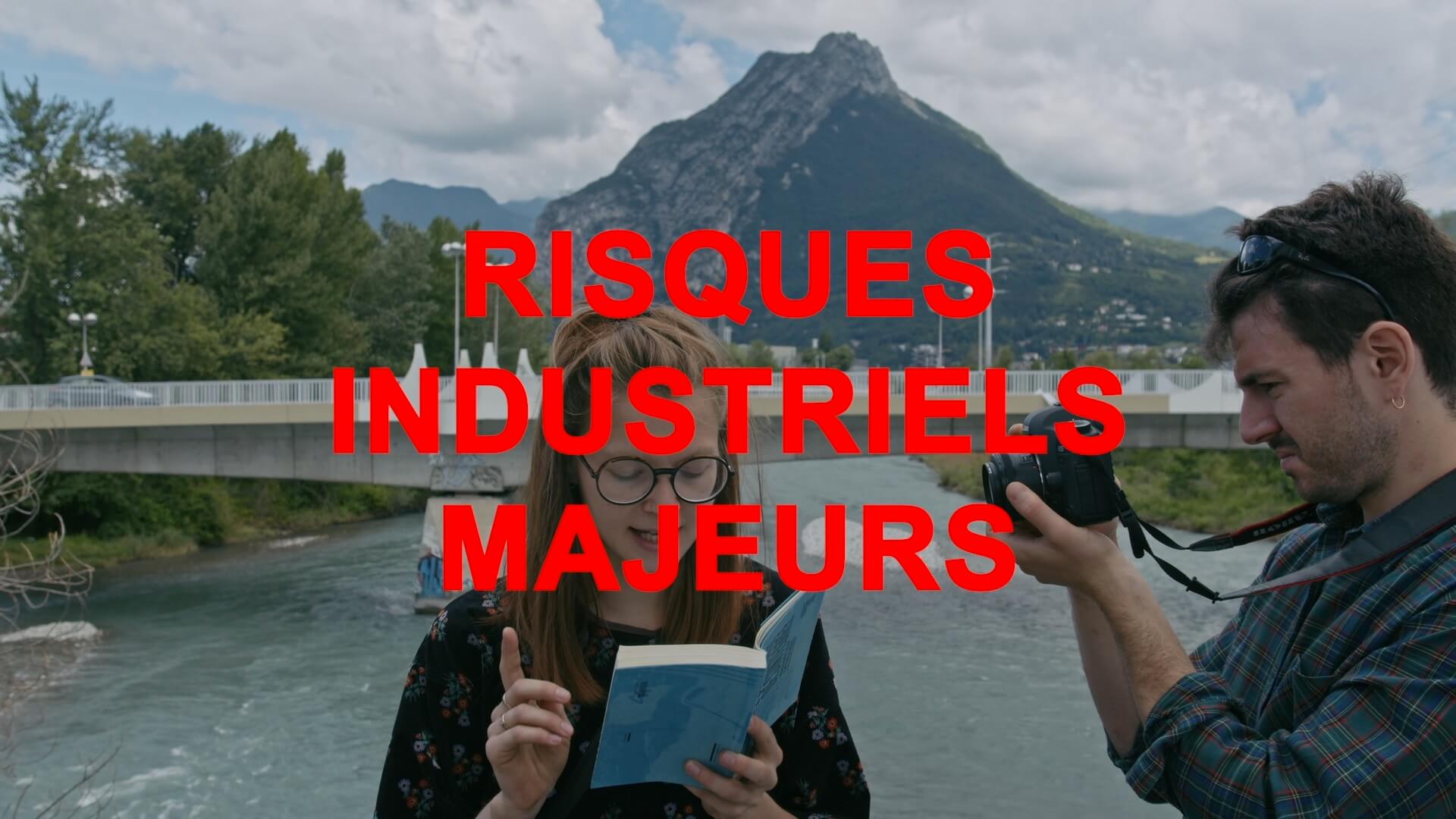
The work of Ashley Hans Scheirl and Jakob Lena Knebl meanwhile foregrounds the transformation and plasticity of identity.
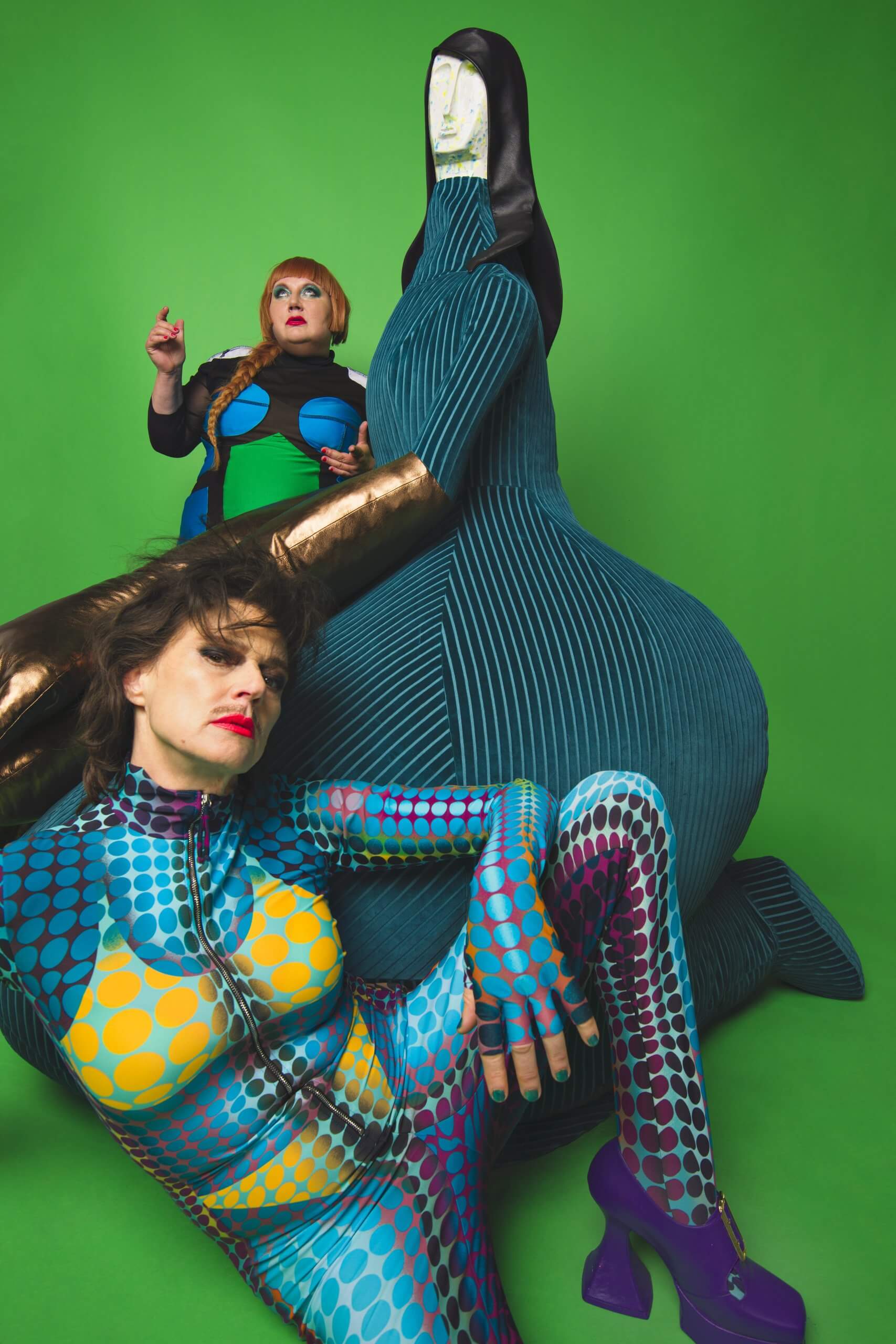
Rakajoo retraces the changes that identity can undergo in shifting or exclusionary contexts, the kind which many of the artists in ‘Il morso delle termiti’ indeed seek to appropriate by leaving marks of their own.
It is gender fluidity that lies at the heart of ‘Hors de la nuit des normes (hors de l’énorme ennui’, a collective exhibition imagined and produced in situ by the artists of ‘La Friche’ who have spent several months working inside the Palais. Finally, with its motifs inspired by cave paintings that show humans in symbiosis with their environment, Dalila Dalléas Bouzar’s nomadic tent weaves links between disparate identities and stories, valorizing that which links us to others and to the world as a utopia to be realized.
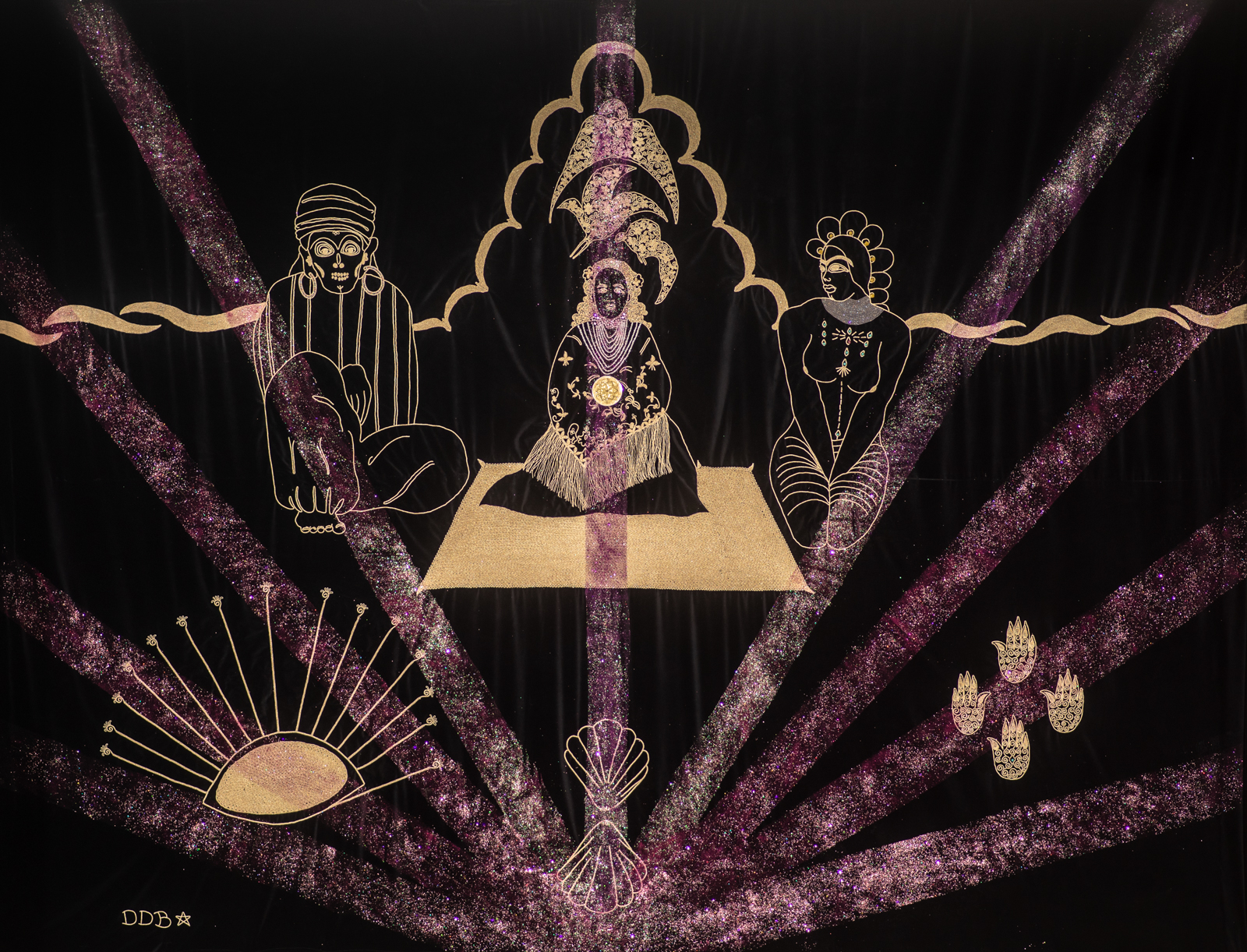
In autumn, the Palais de Tokyo itself will prove that is no stranger to plasticity either. Proof of this comes in the months-long transformation of the area known as ‘La Zone’, the space which constitutes the entrance to the building. Drawing inspiration from permaculture, which seeks to promote sensitive and diversified land use, this free and openly accessible area has been extended to create a new public space for encoutners and programming. We have installed tables built from recycled exhibition materials, where the public can read the publications on offer, eat, work, daydream, chat or meet with others. We are also opening a new cafeteria that will act as an “echo chamber” capable of reacting to current events inside and outside the Palais, as well as the Hamo, a new space dedicated to inclusion, education and mediation through art. The Hamo seeks to respond to a pressing contemporary issue by placing a particular emphasis on welcoming psychological, mental and cognitive diversity.
Hospitality and care will also be at the heart of a new instalment of ‘Le Grand Désenvoûtement’, which sees artists invited to carry out joyous and subtle exorcisms of the phantoms that haunt this institution, with its multiple identities and narratives.
We hope that you will enjoy wandering through the Palais de Tokyo’s spaces and exhibitions as much as we and our guest artists have enjoyed designing and creating them.
Enjoy your visit, and we hope that you will find your marks and lose your way
…and above all that you will want to come back once again.
Guillaume Désanges and the Palais de Tokyo team
